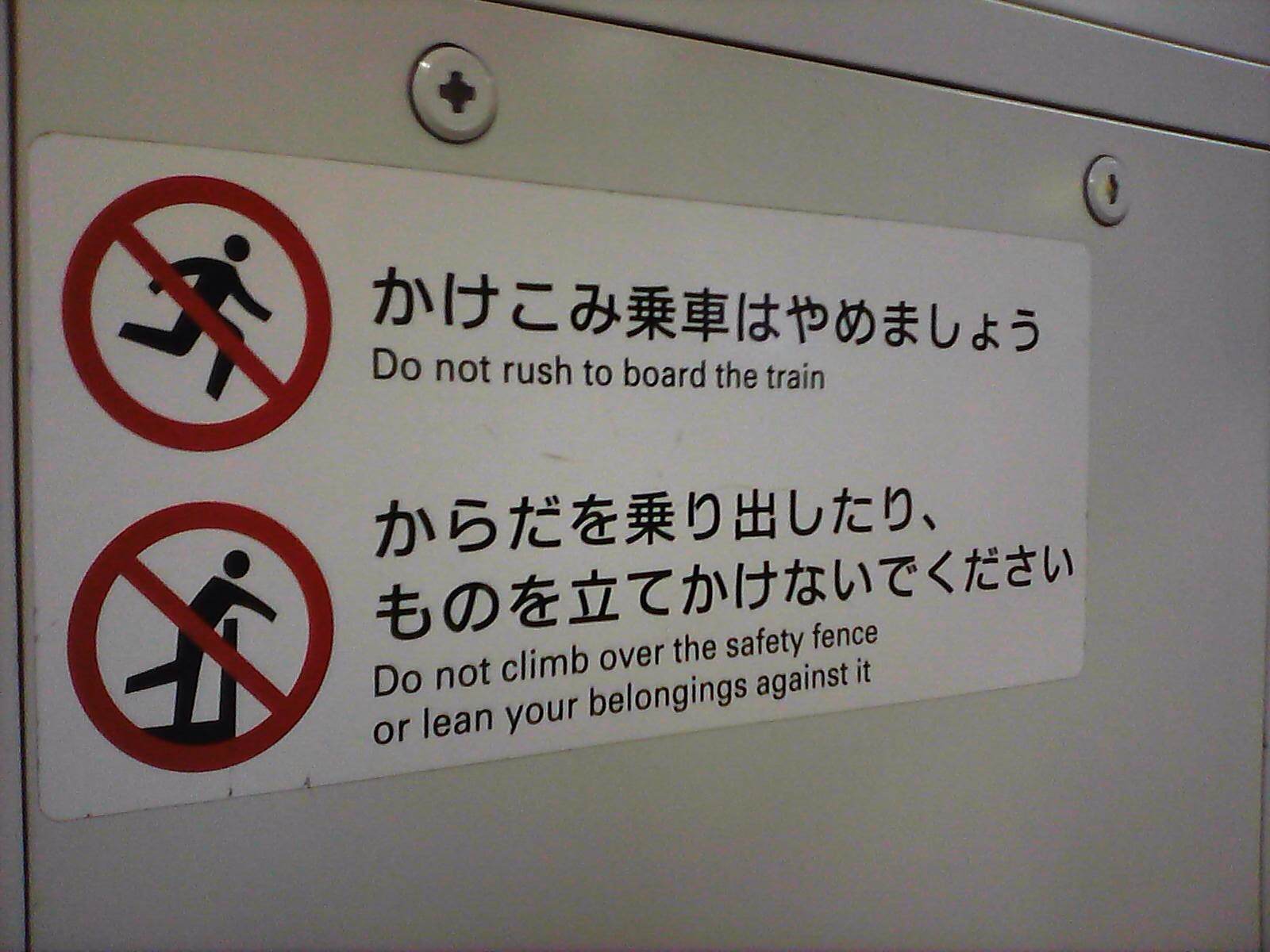If nouns are the bones of a language, verbs are the blood that keeps it moving. The thing about Japanese is that there are so many of them that it is close to impossible to know them all, particularly if we include combinations of two single verbs. The good news is that the National Institute for Japanese Language and Linguistics (NINJAL) has recently published a large-scale database of these so-called compound verbs, available free of charge and with translations in English, Chinese and Korean.
The database contains no less than 2,759 compound verbs, including anything from abarekomu (暴れ込む, to enter a place by force, e.g., a mob) to zuriochiru (ずり落ちる, drag down and fall off, e.g., trousers).
Included are only fully lexicalized verbs, not ad hoc formations with second verbs such as -naosu (~直す, do something again) or -hajimeru (~始める, start something). This makes sense because otherwise the list might quickly become endless. Also, care has been taken to include only words that are in actual usage, so you can be sure you don't sound like a person from the Meiji era when you use them. All entries are accompanied by example sentences, and directly linked to NINJAL's online Balanced Corpus of Contemporary Written Japanese, where more examples can be found.


















With your current subscription plan you can comment on stories. However, before writing your first comment, please create a display name in the Profile section of your subscriber account page.